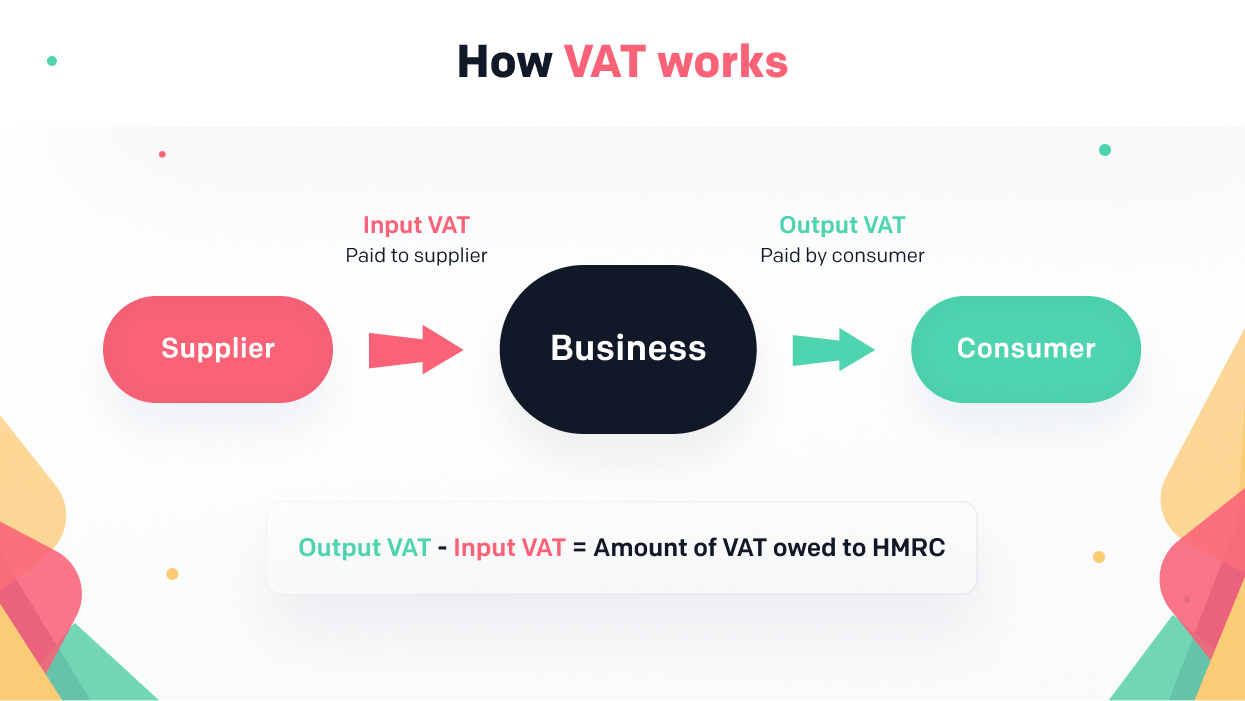
When do I start paying tax?
September 29, 2022Personal Allowance: how much you can earn before paying tax
Other allowances on your taxable income
Income Tax rates
| Band | Taxable income | Tax rate |
|---|---|---|
| Personal Allowance | Up to £12,570 | 0% |
| Basic rate | £12,571 to £50,270 | 20% |
| Higher rate | £50,271 to £150,000 | 40% |
| Additional rate | £150,000+ | 45% |
| Band | Taxable income | Tax rate |
|---|---|---|
| Personal Allowance | Up to £12,570 | 0% |
| Starter rate | £12,571 to £14,732 | 19% |
| Scottish basic rate | £14,733 to £25,688 | 20% |
| Intermediate rate | £25,689 to £43,662 | 21% |
| Higher rate | £43,663 to £150,000 | 40% |
| Top rate | £150,000+ | 45% |
How do I start paying Income Tax?
National Insurance contributions
- Class 2 if your profits are £6,725 or more a year
- Class 4 if your profits are £11,909 or more a year
| Class | Rate for 2022/23 |
|---|---|
| Class2 | £3.15 a week |
| Class 4 | 10.25% on profits between £11,909 and £50,270 |






